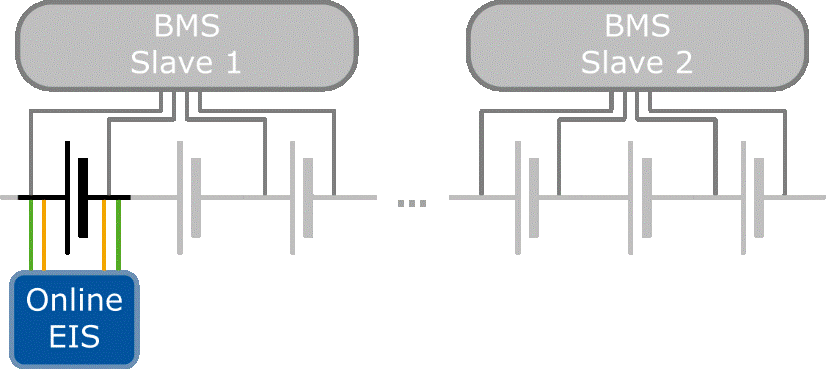Work Package 3: Extended Driving Range
(Updated: March 2020)
OBJECTIVES
Extend the driving range of electric vehicles by securely exploiting the operating conditions of a given battery technology combined with advanced energy management methodologies.
PARTNERS: RWTH(lead), Siemens, Algolion, TU/e, Voltia, VDL-ETS
APPROACH
- Combine both a wider voltage range during driving operation, allowing a larger SoC range to be used, as well as higher charging powers during grid-charging.
- Develop techniques to determine vehicle power requests (depending on vehicle state, road and weather conditions) such that battery state can be translated into accurate vehicle driving range estimation.
- Develop vehicle energy management and driver coaching methodologies to extend driving range by more efficient energy usage.

RESULTS SO FAR
- ALGOLiON has optimized their algorithm toolchain and added further methods for increasing the quality of the results
- A physico-chemical-model-based approach for fast charging has been developed by A sensitivity analysis was performed, in order to reduce the complexity of physico-chemical-models for embedded systems
- The evaluation of the physico-chemical-model for extending the energy and driving range is in preparation at the test benches of RWTH
- Voltia has optimized and extended their prediction model of the energy consumption, considering GPS routs and characteristics of the driving environment
- Optimizing the velocity profile and auxiliaries management was analysed by TU/e and can have a huge impact on the range.
- The HVAC energy analysis was supported by SIEMENS PLM
- VDL developed models and model based control strategies to optimize the driving range

Roller Dyno tests with VDL Bus and Voltia vehicle


